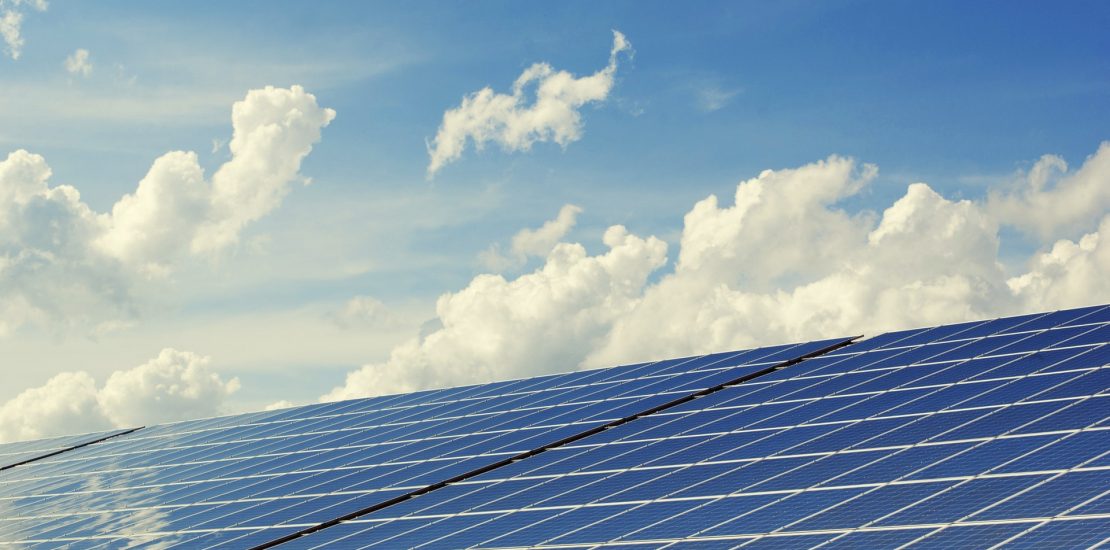- April 24, 2019
- Posted by: guyadmin
- Category: Energy & Water Management

One of the biggest challenges regarding renewable energy is the need for space. Either we’re talking about wind turbines or solar panels, we do need to consider every time where they will be placed.
In order to tackle this problem, the renewable energy industry found an alternative and innovative solution- artificial islands. Today, we can find solar panels islands on their way or already placed in the Netherlands, China, the UK and Japan.
Complying with this new trend, Dutch engineers will start building this year the biggest solar archipelago in the world, based in Andijk, a village in north Holland. This archipelago will be made of 15 solar islands, and they will contain 73,500 panels. One of the features regarding these islands is the ability to move in order to face the sunlight. The project will combine with another site involving static panels in nearby Hoofddorp, a town near Amsterdam, to provide energy for 10,000 homes.
Another feature of the islands is that they can reposition themselves in extreme weather to minimize damage. “Andijk is a very severe environment,” says Van Druten, the managing director of Floating Solar, a solar panel supplier. “So we have optimal solar tracking, which is generating extra energy, and weather risk management [WRM], which is a technology that makes sure that if an island is under severe pressure due to wind or storms, it moves itself automatically in a position so the wind and waves travel easily through the island”. Even without the WRM, the system could sustain wind speeds of around 60mph.
One might worry about the effect such island will have on the water in the area, but the company checked the matter and found that “Our design has the least impact on the ecosystem as possible so the water quality remains almost the same”.
It’s good to see that the renewable energy industry continues to grow and adjust, as it’s our only option in order to continue and comply with the ever-growing needs of the population.
